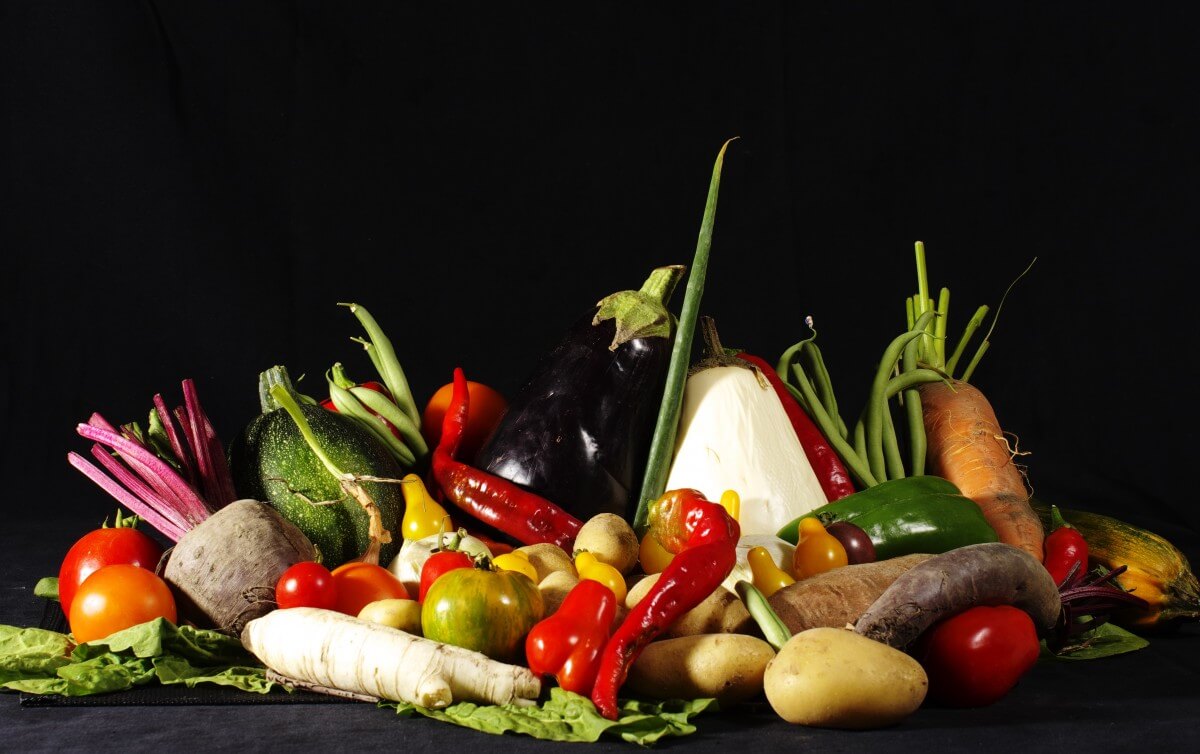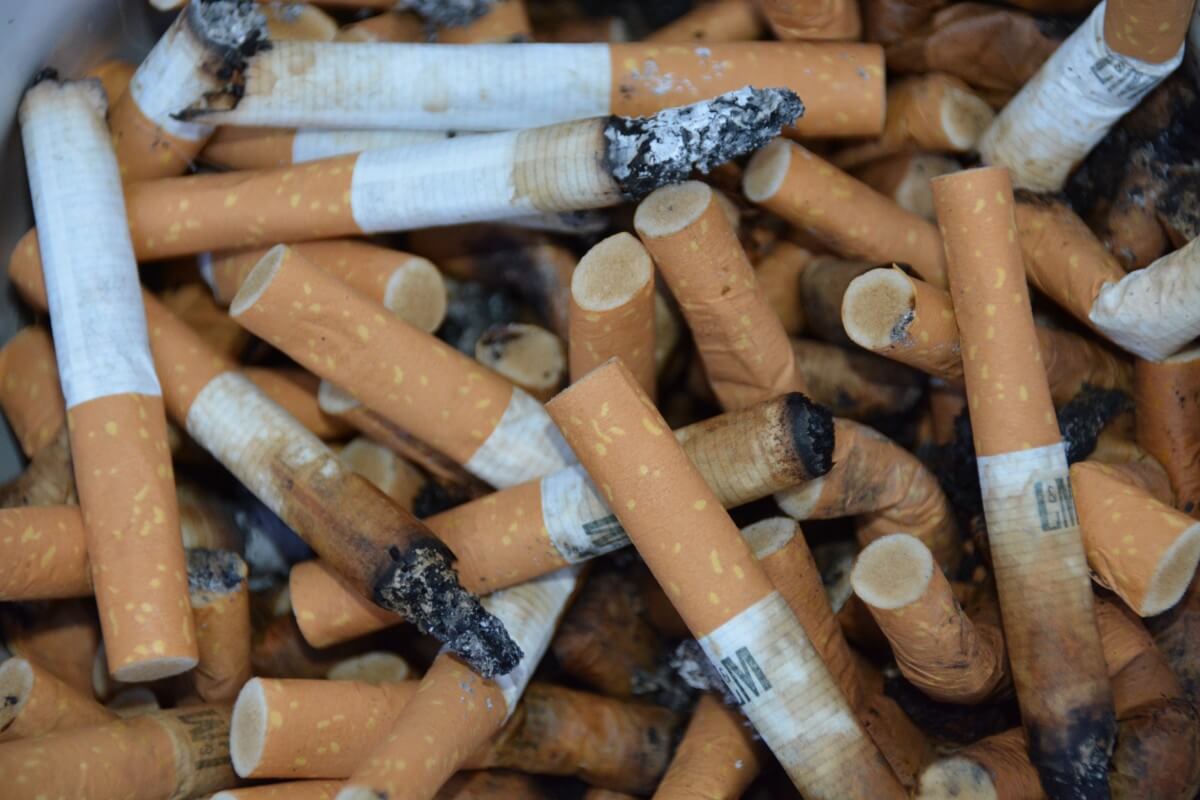With our students focused on making the varsity squad, getting into their dream college, and which TikTok video just went viral; they are losing sight that their lifestyle choices can have a dramatic lifelong impact on their breast health. The mammary gland in young men and women undergoes significant structural changes during puberty. As a result, chemical and environmental exposures during the teen years can heavily influence breast tissue (Terry et al., 2019).
According to the National Cancer Institute (2020), one in eight women will be diagnosed with breast cancer and male breast cancer is on the rise. It’s imperative to highlight prevention techniques in high school. These are the top tips to share with your students to lower their risk:
Listen to Your Mother and Eat Your Veggies: A balanced diet of vegetables, fruits, whole grains, poultry, fish, and low-fat dairy products has been shown to decrease the risk of cancer (Kim et al., 2017) Research by Farvid et al. (2016) suggests that high intake of fiber during adolescent years can reduce the risk for breast cancer before menopause by 24%.

Move More: Maintaining an active lifestyle allows you to achieve a leaner body, enhances your mood, improves sleep, and boosts your immune system. Exercising can also lower body fat percentage, which helps lower estrogen levels resulting in decreased breast cancer risk. A 2016 study by Bernstein et al. showed that young women who exercised at least four hours a week reduced their risk of breast cancer by up to 60% compared to those who didn’t exercise.
Rethink the Drink: Alcohol affects the way estrogen is metabolized. Research has shown that having one drink per day increases the risk for breast cancer by nearly 10% in women and 16% in men (Jung et al., 2016; Guénel et al., 2004). In a Danish study, women who drank four or more drinks in one sitting on a weekly basis saw a 55% increased risk compared to non-drinkers (Mørch, 2007).

Kick the Habit: Smoking and vaping both expose the body to cancer-causing chemicals. A study by Kispert and McHowatt (2017) indicated that individuals who smoked cigarettes during their teen years significantly increased their risk for breast cancer compared to non-smokers. Many of the same carcinogens are found in vape products, which can potentially lead to a similar long-term risk (The National Academies of Sciences, Engineering, and Medicine, 2020).
Get to Know Yourself: Early detection of breast cancer is the key to survival. Every year in the United States, more than 12,000 women in their 20s and 30s are diagnosed with breast cancer (NCI, 2020). It is important to know how your chest tissue looks and feels so that when a change occurs it can be easily detected. Share The Maurer Foundation’s breast self-exam instructions with your students- you might just save a life!

References
Bernstein, L., Henderson, B. E., Hanisch, R., Sullivan-Halley, J., & Ross, R. K. (1994). Physical exercise and reduced risk of breast cancer in young women. Journal of the National Cancer Institute, 86(18), 1403–1408. https://doi.org/10.1093/jnci/86.18.1403
Farvid, M. S., Eliassen, A. H., Cho, E., Liao, X., Chen, W. Y., & Willett, W. C. (2016). Dietary Fiber Intake in Young Adults and Breast Cancer Risk. Pediatrics, 137(3), e20151226. https://doi.org/10.1542/peds.2015-1226
Guénel, P., Cyr, D., Sabroe, S., Lynge, E., Merletti, F., Ahrens, W., Baumgardt-Elms, C., Ménégoz, F., Olsson, H., Paulsen, S., Simonato, L., & Wingren, G. (2004). Alcohol drinking may increase risk of breast cancer in men: a European population-based case-control study. Cancer causes & control : CCC, 15(6), 571–580. https://doi.org/10.1023/B:CACO.0000036154.18162.43
Jung, S., Wang, M., Anderson, K., Baglietto, L., Bergkvist, L., Bernstein, L., van den Brandt, P. A., Brinton, L., Buring, J. E., Eliassen, A. H., Falk, R., Gapstur, S. M., Giles, G. G., Goodman, G., Hoffman-Bolton, J., Horn-Ross, P. L., Inoue, M., Kolonel, L. N., Krogh, V., Lof, M., … Smith-Warner, S. A. (2016). Alcohol consumption and breast cancer risk by estrogen receptor status: in a pooled analysis of 20 studies. International journal of epidemiology, 45(3), 916–928. https://doi.org/10.1093/ije/dyv156
Kim, J. H., Lee, J., Jung, S. Y., & Kim, J. (2017). Dietary Factors and Female Breast Cancer Risk: A Prospective Cohort Study. Nutrients, 9(12), 1331. https://doi.org/10.3390/nu9121331
Kispert, S., & McHowat, J. (2017). Recent insights into cigarette smoking as a lifestyle risk factor for breast cancer. Breast cancer (Dove Medical Press), 9, 127–132. https://doi.org/10.2147/BCTT.S129746
Mørch, L., Johansen, D., Thygesen, L.C., Tjønneland, A., Løkkegaard, E., Stahlberg, C., & Grønbaek, M. (2007). Alcohol drinking, consumption patterns and breast cancer among Danish nurses: a cohort study. European journal of public health, 17 6, 624-9
National Academies of Sciences, Engineering, and Medicine. (2018). Public Health Consequences of E-Cigarettes. Washington, DC: The National Academies Press. https://doi.org/10.17226/24952
Surveillance, Epidemiology, and End Results (SEER) Program (www.seer.cancer.gov) SEER*Stat Database: Incidence – SEER Research Data, 9 Registries, Nov 2020 Sub (1975-2018) – Linked To County Attributes – Time Dependent (1990-2018) Income/Rurality, 1969-2019 Counties, National Cancer Institute, DCCPS, Surveillance Research Program, released April 2021, based on the November 2020 submission.
Terry, M. B., Michels, K. B., Brody, J. G., Byrne, C., Chen, S., Jerry, D. J., Malecki, K., Martin, M. B., Miller, R. L., Neuhausen, S. L., Silk, K., Trentham-Dietz, A., & Breast Cancer and the Environment Research Program (BCERP) (2019). Environmental exposures during windows of susceptibility for breast cancer: a framework for prevention research. Breast cancer research: BCR, 21(1), 96. https://doi.org/10.1186/s13058-019-1168-2


